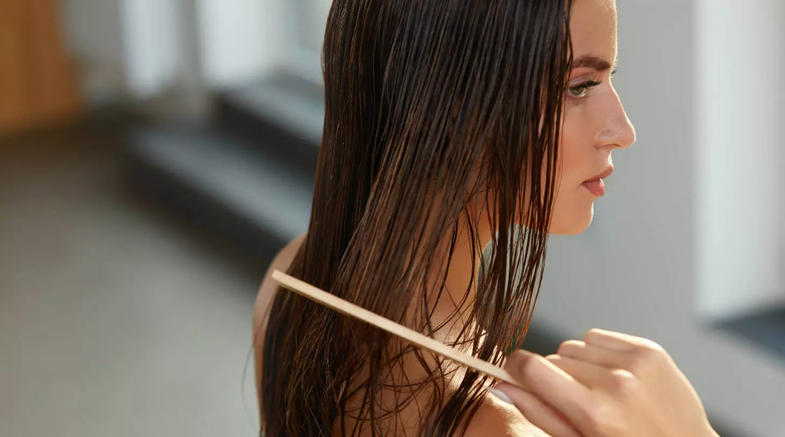
When the seasons change, we often think about two things: our clothes and allergies. For some individuals, however, this transition can also lead to hair loss. Like seasonal allergies (or even skin disorders), a change in temperature also puts "stress" on the scalp and follicles, which leads to hair loss. Of course, there is more to biology than that. For a more complete idea and to find out how you can combat this common concern, read below:
2 seasons: spring and autumn
Most people experience additional hair loss in the fall. While we typically shed 10 to 100 hairs a day, during the milder months of the year, this number can reach 150 in the fall.
Reason? Our hair rests in the telogen phase in the summer and enters the exogenous phase (or shedding phase) in the fall - and occasionally in the spring.
While this phenomenon is not widely understood, a 2009 study by Swiss researchers found that, of 823 women evaluated over six years, more entered the telogen phase during summers; however, more research is needed on the association of autumn with the exogenous phase.
How do I understand that hair loss does not come from some other problem?
Usually, you will notice that the fall starts from the scalp and the hair does not fall out only in a certain area. However, it is suggested to consult a professional if you notice unusual hair loss, to be 100% sure of the cause.
That said, more studies are needed on the link between hair loss and the changing of the seasons.
Hair growth
There is good news: Seasonal hair loss is temporary. It's not even technically considered a "loss" — it's just an accelerated decline phase that should go away within a few weeks of the season. As long as you take care of your hair and eat a high protein diet, healthy hair will not be a problem.







